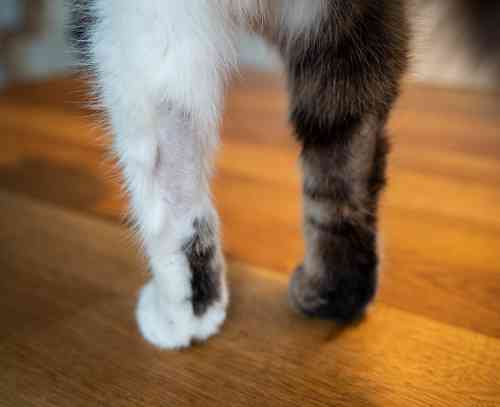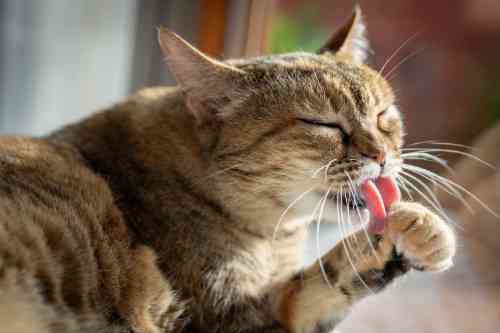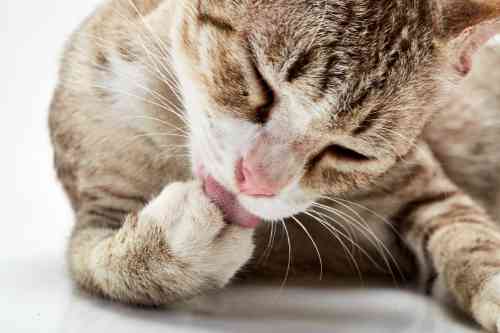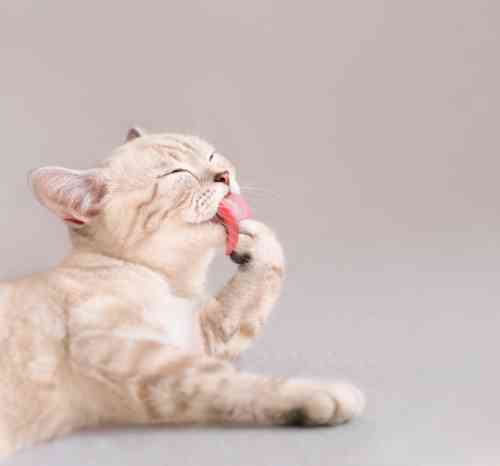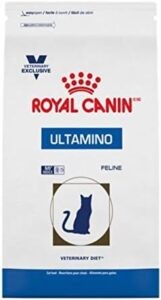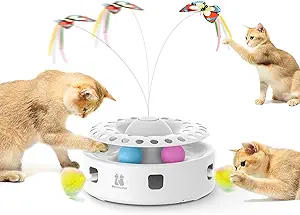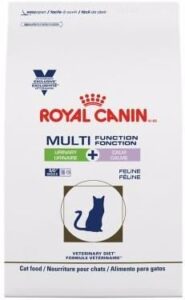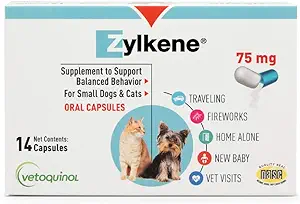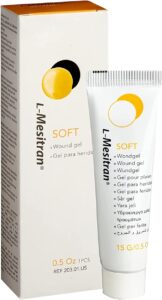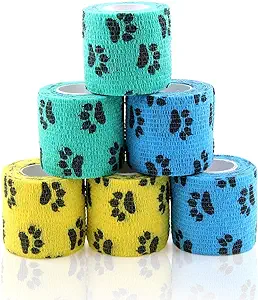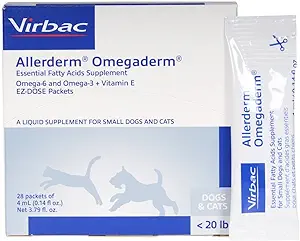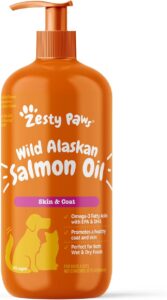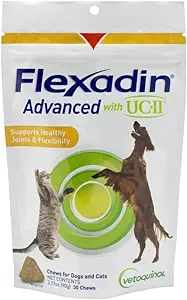Your cat licks its paw
5 solutions to stop this
Your cat keeps licking its paw, so much so that it’s causing bald spots. This is obviously abnormal, and you’re naturally looking for a solution. We’ve got you covered with 5 solutions! But first, let’s discuss the function of licking and its potential causes. We’ll tell you about other symptoms you might notice and how you can try to diagnose the issue. If you’re not interested in the why-part, you can skip it and go strait to our 5 solutions at the bottom of this article. Hopefully it will stop your cat from licking its paw. Good luck in making your cat feel better! Your friend deserves it!
What is the function of your cat licking its paw?
Licking or grooming in cats has two main functions. First, it’s obviously how they keep themselves and their coat clean. Hygiene, so to speak. Their tongue has hooks that run over the fur, trapping dirt and dead hair. The tongue also spreads sebum, produced in a gland at the hair base, over the coat, giving it a nice shine and nourishing the hair. Think of it as a kind of hair conditioner.
Besides hygiene, grooming also provides comfort and relaxation for cats. Licking their fur helps them cope with stressful situations. Cats also maintain a very predictable daily rhythm, and this they apply to their grooming routine too. The act of grooming and the timing of it help them feel in control of their life and makes them feel safe.
When does your cat lick its paw?
As long as your cat doesn’t develop bald spots or skin injuries, its grooming frequency is normal. However, sometimes a cat feels compelled to groom and lick more than its fur and skin can handle. Your cat then licks its paw until it’s bald. Excessive licking usually focuses on one location, leading to baldness on the back, belly, or paws. In this article, we’re mainly discussing baldness on the paws due to excessive licking.
Cats that lick themselves bald usually still have some stubble on the bald spot. This indicates that the hair doesn’t fall out naturally. Instead, healthy hair breaks off at the base because the cat licks so much. Eventually, no hair is left on that spot. If, for example, no hair grows on your cat’s paw, the skin feels very soft, and you won’t feel any stubble.
What causes your cat to lick its paw?
Itchiness
If a cat has itchy paws, it will lick them, hoping to remove the cause of the itch, solving the problem. Normally, this doesn’t lead to excessive itching and therefore no bald paws. Only when the itching is severe and unresolved will your cat lick its paw until it’s bald because it can’t alleviate the itch. In these cases, there’s usually an allergic reaction, like a food allergy or atopy. Contact allergy is also possible but less likely since cats rarely come into contact with an object with just one or two paws.
Parasites like mites or fleas can also cause itchiness, but they usually cause itching all over the body, not just on the paws. You might think the same is true for an allergic reaction, but food allergies often cause itching mainly on the paws and sometimes on the head.
Stress
Another common reason for a cat to lick its paws bald is stress or anxiety. Though often unnoticed by owners, cats are very sensitive to stress. The most common cause is boredom. But a busy household (with noisy children or many pets) or a neighbouring cat can also cause a lot of stress.
Inflammation
If there are inflammations in the skin, they can cause itchiness as they heal. Unfortunately, your cat can undo this healing by licking the fragile new skin, creating a vicious cycle. Your cat repeatedly licks its paw or paws.
Dry skin
In some cases, a cat may have overly dry skin, often caused by central heating in combination with lower-quality food. The skin and coat then appear dry and dull. Because the skin is somewhat dry, it feels uncomfortable for your cat, leading to licking it’s paws until they are bald. A worm infestation could also be the cause. The worms live in your cat’s intestines and consume nutrients meant for your cat, preventing your cat from absorbing them, leading to a dull coat and dry skin.
Pain
When your cat experiences pain in a specific spot on its paw, it might try to “massage” away the pain. It licks its paw to alleviate the pain, like how humans rub their sore spots to dull the pain.
Overheating
If the room where your cat lives is too warm, it might try to lower its body temperature by moistening its paws. This moisture then evaporates, cooling your cat down. It’s rare for a cat to live in such heat that it licks its paw until it’s bald, but it’s possible.
What other symptoms might you notice if your cat licks its paw?
How do you diagnose why your cat is licking its paw?
When your cat licks its paw until it’s bald, it’s important to first thoroughly examine the paw. If it’s licking just one paw, compare it with the other healthy paw. Check for hair loss, redness, swelling, pain when touching, or perhaps a wound or dry, flaky skin.
If you don’t notice anything unusual about the paw, check all the joints one by one, bending and stretching them. Normally, joints should be able to bend and stretch about 180 degrees, with the bones almost parallel to each other without causing pain to your cat. If you notice limited mobility, compare it with the other paw. This way, you can identify and treat wounds, inflammations, and pain. It’s more challenging to distinguish between itchiness and stress. As a cat owner, it’s almost impossible, and even for veterinarians, it’s quite difficult.
What should you do if your cat licks its paw?
Naturally, you’ll need to address the cause of the licking. Therefore, we discuss the treatment for each cause. Don’t worry, we’ll tell you what to do if you can’t determine the cause in the end.
Solution 1: Treat the itchiness
In the case of itchiness, sometimes caused by parasites, it’s wise to give your cat a treatment that kills as many skin-dwelling parasites as possible. We prefer Stronghold or Bravecto because these treatments tackle fleas, mites, and internal worms. You can buy these products at your veterinarian’s office without a consultation. Unfortunately, these products are not available elsewhere.
If parasites were the cause of your cat licking its paw until it’s bald, the itching should significantly decrease within a week. If not, there might be an allergic reaction. In this case, the most common allergy is food allergy. It’s wise to perform a food allergy test on your cat. Feed your cat only Royal Canin Ultamino food. No treats, no snacks, just those new kibbles.
You probably won’t notice a difference in the first 4 weeks. The old nutrients need to be removed from your cat’s body, which takes at least 3 weeks. But if there is a food allergy, your cat should have no itching in the last 4 weeks, and you’ll see it licking its paws less. The hair will grow back, and your cat can sleep again. If this solves the problem, you can slowly introduce one type of treat or snack each month. If your cat starts licking its paws again, you know you’ve found the cause. But sometimes, multiple causes are at play!
Solution 2: Remove stress
If you think your cat might be stressed, it’s important to remove the source of stress. Try to keep annoying neighbor cats out of your garden. Ensure your cat can retreat to a quiet space in the house if you have noisy kids. Keep other pets away if you know your cat doesn’t tolerate them well. Also, provide plenty of opportunities for play and exploration. Exercise is a proven way to better cope with stress. So, install 50 shelves on your wall for your cat to climb, and provide toys for hours of entertainment.
If you have no idea what’s causing your cat’s stress and you’ve already provided the above solutions, consider feeding your cat Royal Canin’s Calm diet or giving it Zylkène tablets. Both contain ingredients that increase serotonin levels in your cat’s brain, making it less sensitive to stress stimuli and feel happier. Chances are the licking will decrease and hopefully stop altogether. You should start to see a difference within two weeks, but usually within four weeks, your cat should be licking its paw less.
Solution 3: Resolve inflammations
If you see damaged skin or a wound, apply an antibacterial and wound-healing skin ointment. We prefer to use a non toxic honey-based cream as the best choice for this. Apply it twice daily to your cat’s paw. Ensure it has time to absorb. If your cat immediately licks it off, wrap a self-adhesive bandage around the area to prevent licking. The damaged, inflamed skin should fully heal within about a week. Continue applying the ointment until then.
Solution 4: Treat dry skin
If your cat’s paw skin looks dry and flaky, give it a deworming treatment if you haven’t done so in the past month. If you’ve already done the mite treatment mentioned under “itchiness,” you don’t need to give your cat a deworming. Additionally, increase your cat’s intake of omega-3 fatty acids in its diet. The best product for this is Allerderm Omegaderm, which you can add to your cat’s food. This substance ensures more fatty acids are incorporated into the skin cells, improving their resistance and the quality of the sebum in the skin. This increases the overall resistance of the skin and reduces dryness. Your cat will likely also have a shinier overall appearance.
If you find Allerderm Omegaderm too expensive, a good-quality salmon oil will usually suffice. Unfortunately, many salmon oils on the market are of lower quality. The one we recommend below contains high-quality omega-3 fatty acids.
Solution 5: Suppress pain
If your cat clearly has pain in his paw, it’s best to visit your veterinarian. There could be all sorts of issues with its paw. But if you have an older cat that’s a bit stiff and you don’t want to visit a vet yet, try to see if Flexadin reduces its pain.
Older cats often suffer from osteoarthritis due to joint wear, causing pain. Flexadin improves the quality of the cartilage and reduces inflammation in the joint. The result is less pain for your cat. It doesn’t cure osteoarthritis but it does slows down the progression. Eventually, Flexadin won’t be enough, and your cat will need a real painkiller from your vet for the rest of its life to experience less pain.
Unknown cause for your cat licking its paw bald.
It often happens that the cause is unclear. In that case, it’s important to try different things. Start with a mite treatment while also giving omega-3 fatty acids (Megaderm). If that doesn’t help, apply Vetramil ointment to combat inflammations. If it’s still not resolved, try the other treatments.
The order doesn’t matter much. All treatments are somewhat of a gamble. If your cat is younger, we recommend the order: food allergy test, stress, pain. If you have an older cat, we suggest: pain, stress, food allergy test. The reason is that allergies usually develop at the age of 1 to 2 years. Also, if your cat experiences stress, it usually manifests at a young age. In older cats, pain is more likely than stress or an allergy. But if you prefer a different order, there’s no objection.
Good luck in finding out why your cat is licking its paw!

